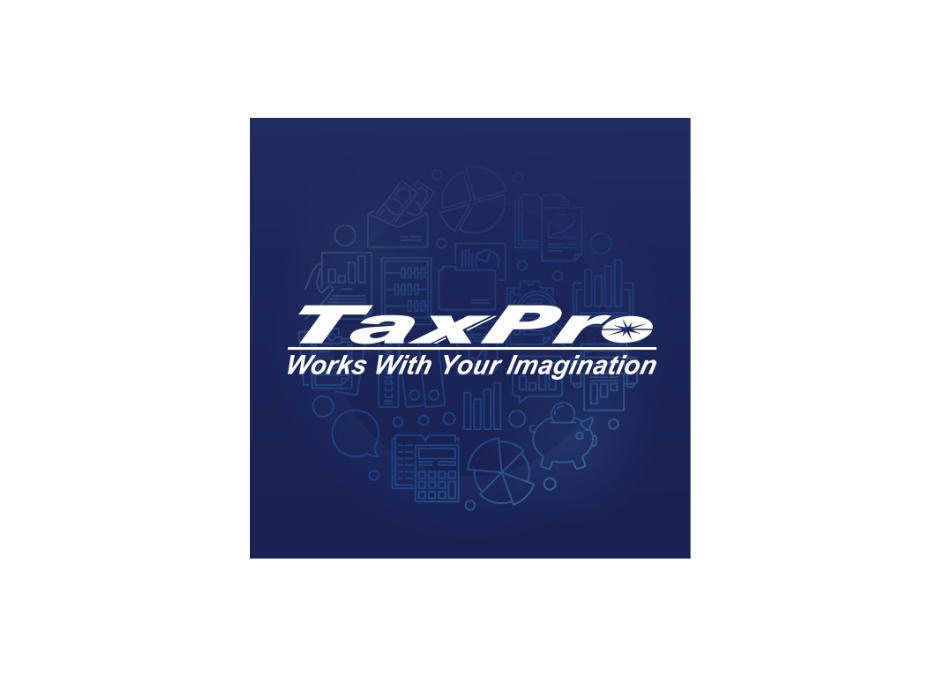All business-to-business (B2B) invoices will be electronically verified by GSTN under the new e-invoicing system. All businesses will continue to create invoices on their own ERPs as they have in the past.
To adapt to the new standard eInvoice format, the ERP suppliers must modify their schema. The standardized use of invoices will be made possible by this new format.
Benefits of E-invoice
1. Tracking invoices in real-time is possible thanks to eInvoicing Software. This includes tracking invoices created by suppliers. Input tax credits (ITC) can now become available more quickly as a result.
2. B2B invoices must only be reported once for e-invoicing to take effect. The Invoice Registration Portal (IRP), which validates the invoice and issues the Invoice Reference Number (IRN), will then authenticate the taxpayer’s submission. Upon authentication, the information will automatically populate the GSTR-1 return. This streamlines the previously used manual reporting process.
3. E-invoicing makes it simple to create an e-way bill because all the taxpayer need to do is update the vehicle’s information. When an e-invoice is authorized using the GST site, the information in Part-A of the e-way bill will automatically be filled in.
4. The e-invoice will be shared with the customer at his e-mail address listed on the e-invoice once it has been posted to the GST portal for authentication. This will enable the customer to instantly approve or reject the invoice and reconcile his purchase order with the electronic invoice.
5. Real-time data sharing between tax authorities and taxpayers will result in a decline in fraud and scams.
6. Data entry errors are decreased because the e-invoicing system uploads the invoice to a central portal, allowing for multipurpose reporting. All invoices would be instantly transferred after authentication to the e-way bill and GST portals. When filing GST returns, this auto-population will eliminate the need for manual data entry and cut down on data entry errors.
7. It enables interoperability as e-invoices are produced in a standard format, and invoices produced by one software can also be read by other software.
8. Since invoices will be generated before a transaction is completed, real-time data access will reduce the possibility of invoice manipulation. This will further limit the use of fraudulent GST invoices, and only legitimate ITC may be claimed. The specifics of the output tax and input tax credit are easily accessible, making it simpler for the tax authorities to identify bogus input credits.
9. The GST invoices are necessary for determining the ITC amount, according to the QR code. An Assessee can need extra copies of an invoice they already received or misplace an invoice they had received. The QR code will be quite beneficial in these circumstances. The Assessee can create the invoice as many times as needed in PDF format by scanning this code.
Businesses can begin the process of going digital with the aid of e-invoicing software or API. Therefore, you all need not end your business by simply stopping at the e-invoicing phase. However, you should all continue to digitize your entire company.


